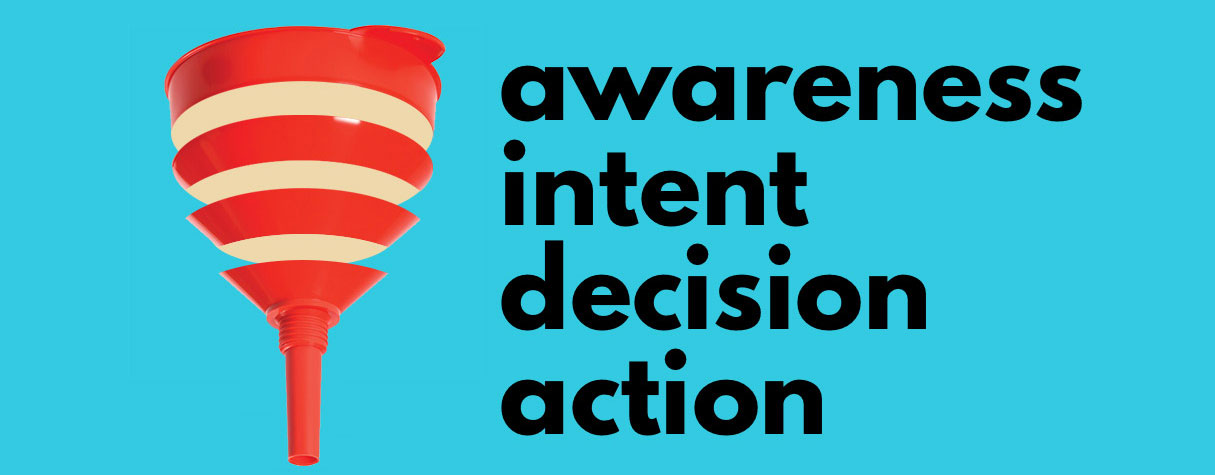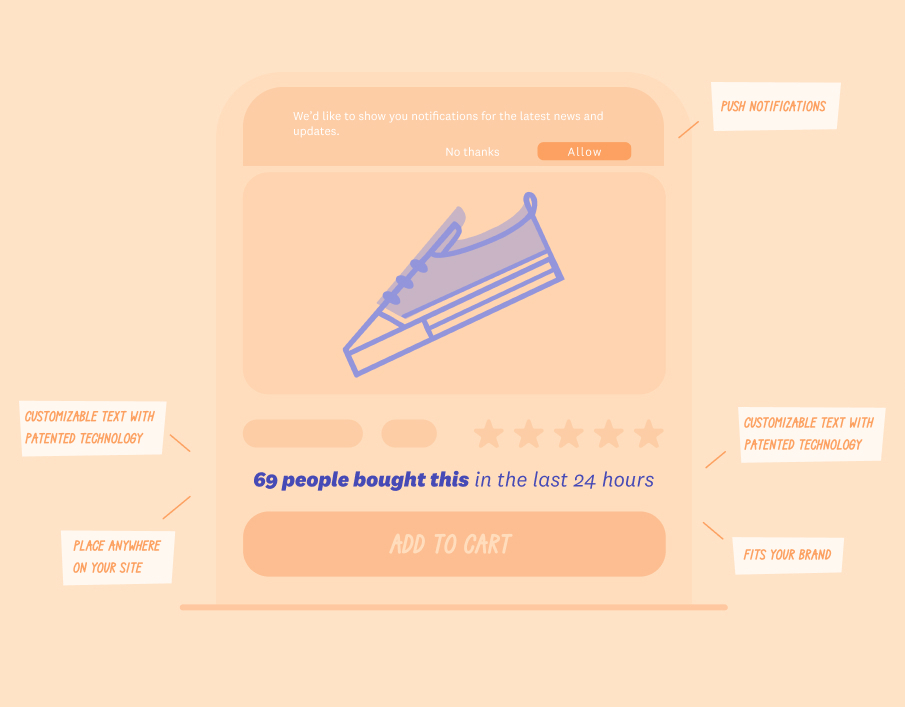Table Of Content
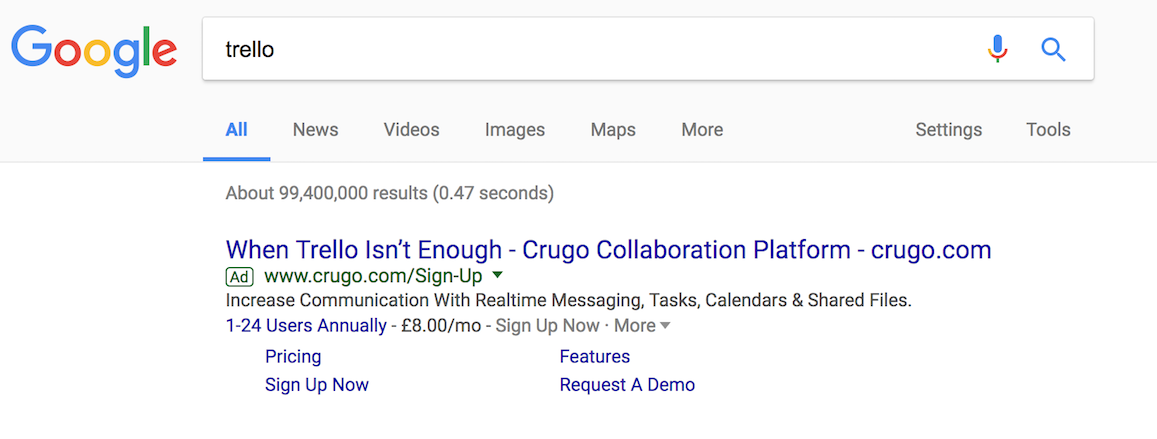
You look at a product online, then for weeks afterwards you're targeted with advertisements for that same product. Someone is beckoning you to return to their store.
This is an example of behavioral targeting in action. In the Internet era, it's easy to collect huge amounts of data about what your customers do online - websites they visit, ads they click on, searches they make, links they share on social media, and more. Armed with this information, you can hyper-personalize each customer’s ad experience to the benefit of all involved.
Below are some common behavioral targeting strategies you can use to increase conversions and customer satisfaction.
Use Retargeting to Bring Customers Back
It's always frustrating when customers spend time on your site, maybe even adding items to their cart, but then leave without buying anything. This is called abandoning cart, and is the norm rather than the exception. A survey by Episerver found that 92% of people don't intend to make a purchase when they visit a website for the first time.
Customers do this for a number of reasons. They may have an unresolved concern about your product, or want to shop around first to see if they can get a better deal elsewhere. Whatever the case, you can try and win them back through retargeting.
Retargeting is when you place a small piece of code on your website which saves a cookie in the browser of anyone who visits. This code is often referred to as a "pixel".
Later, when the customer visits a website that serves ads, the ad network will know from the presence of this cookie that the customer has been to your site. It can then use this information to serve a personalized, targeted ad - in this case, an ad for the product which the customer was looking at before. It’s as if the ad is saying "Hey, are you still interested in this product? Reconsider and come back!"
This can be an effective way of winning back some of those 92% of people who didn’t want to buy the first time. A 2016 study from Ohio State University found that behaviorally targeted ads improved click-through rates by 670%. Customers who click on a targeted ad are then more than twice as likely to make a purchase, according to research reported by Forbes.
Another study from Invespcro found that retargeted ads have a 10x higher click-through rate than regular display ads (0.7% vs. 0.07%), and website visitors who see retargeted ads become 70% more likely to convert and make a purchase.
One example of a company that makes heavy use of retargeting is the travel giant Booking.com
When someone searches their site for hotels in London, but doesn't make a reservation, Booking.com will automatically save a retargeting cookie in that customer's browser.
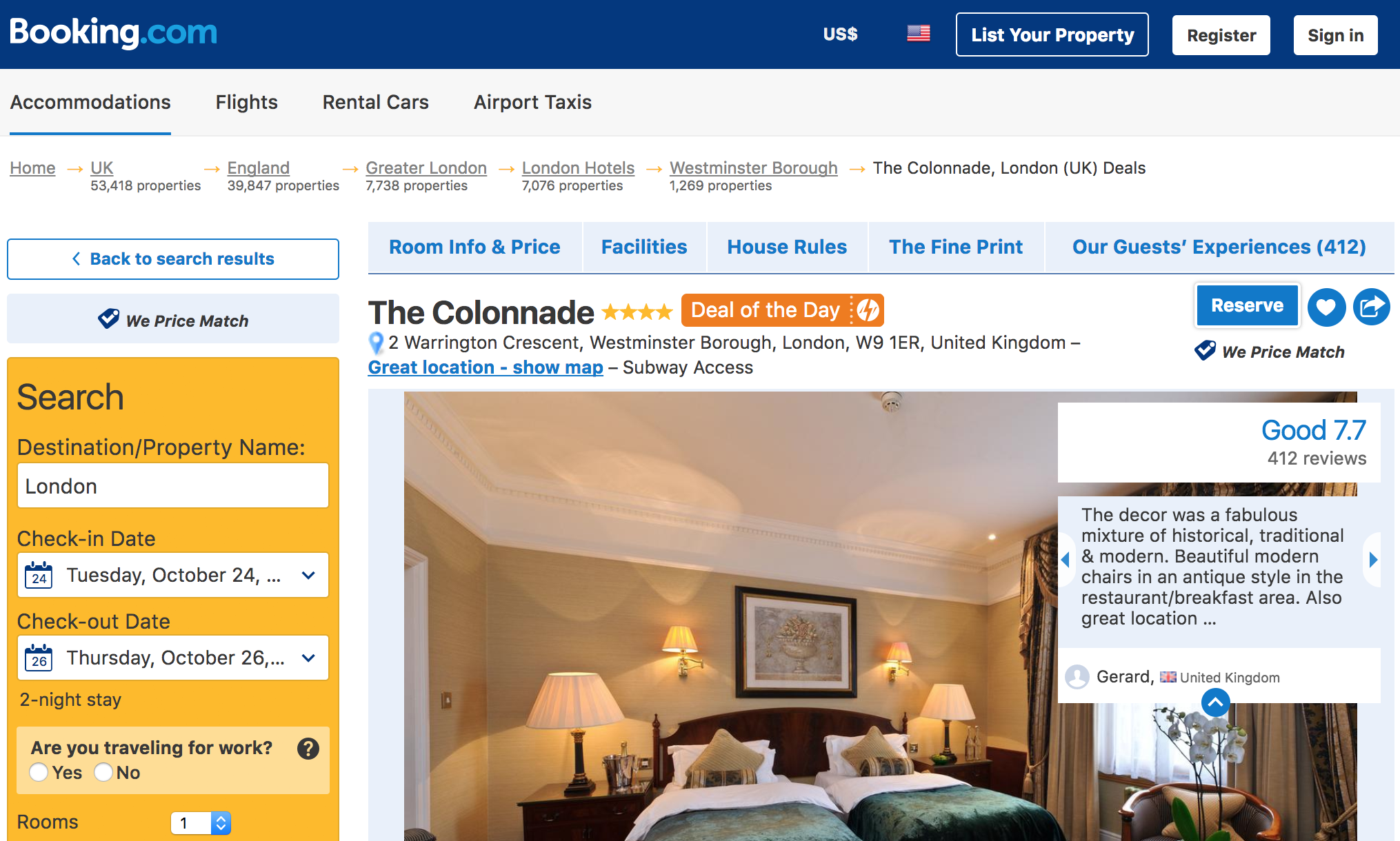
Now when that customer visits another site (in this case Reddit), they may not-so-coincidentally see ads for hotels in London, courtesy of Booking.com:
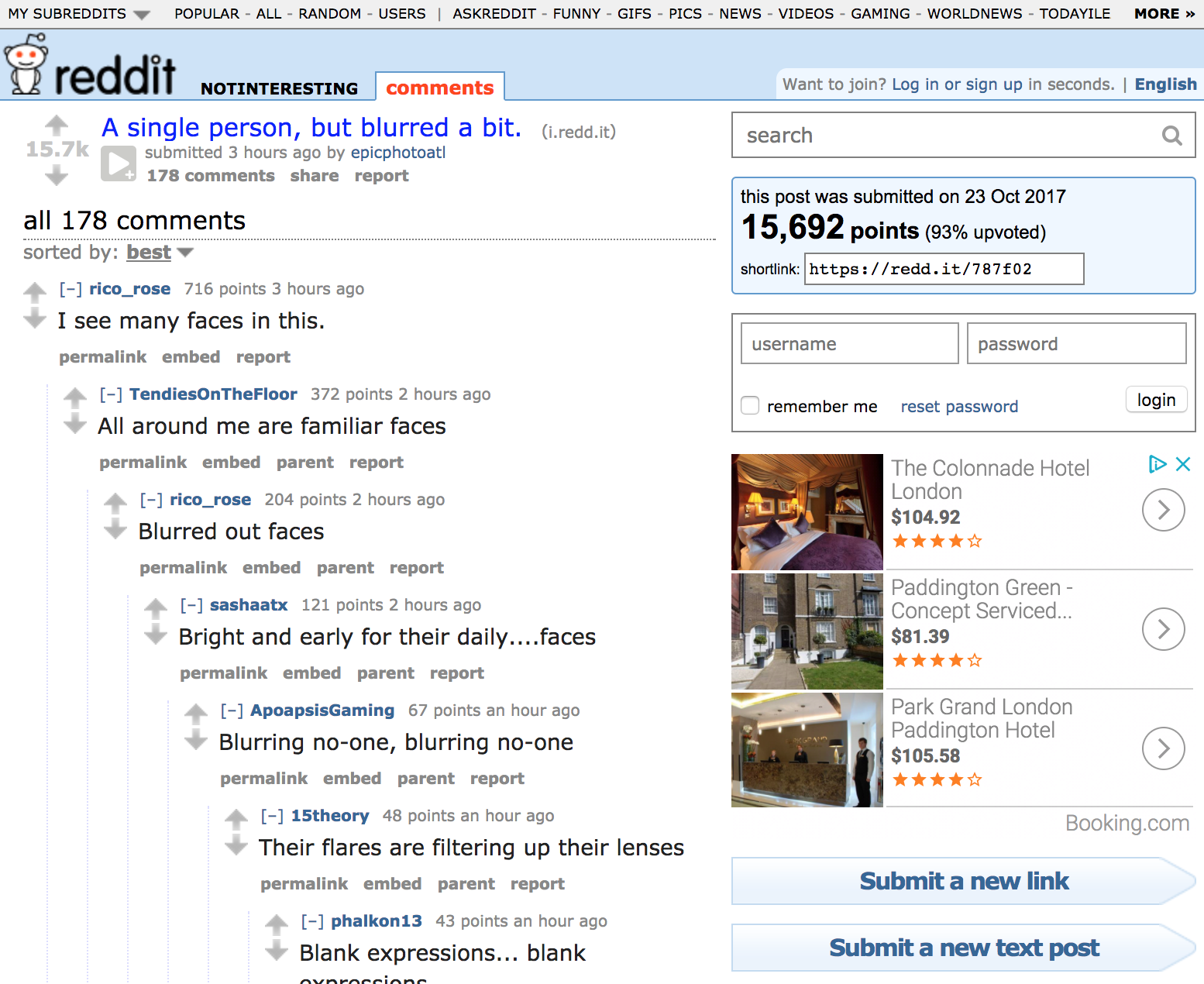
Know Where Your Customers Came From
Retargeting can win back customers who leave your site - but what about the customers who stay? By analyzing their on-site behavior - where they came from, which pages they visit, and how long they spend on each page - you can find new ways to turn them into conversions.
You can start by thinking about what brought customers to your site in the first place. Was it an ad? A Google search? Social media? Depending on the answer, you may want to tailor what they see on your website.
For example, if your visitor came from Facebook or Twitter, you could emphasize the option to log in using those sites - or encourage them to share your content on social media. If they came from an email, you could forgo your regular email signup form (since they're already on your list) and offer them something else - like a free eBook or special discount to entice them further down your sales funnel.
As a customer moves around your site, their behavior will give you clues about how you can help them. If they keep looking at the same product but don’t add it their cart, something’s obviously holding them back. This may be a good opportunity to open a live chat window so they can chat with a customer service rep who can resolve their concerns - or perhaps even offer them a discount.
Your analytical tools will also give you information about how a customer is connecting to your site - what device they’re using (mobile vs. tablet vs. desktop) and what operating system. There are some obvious ways to use this data; for example, if you sell software, you can ensure that customers see the version(s) of your software that are compatible with their OS.
Or you could go further. Controversially, the travel website Orbitz shows different hotel options to different customers based on what operating system they were using. Users who connected from a Mac were sometimes shown more expensive results than users who connected from a PC, presumably because Mac users are more affluent on average.
Steal Your Competitors’ Customers
Here are the results when you search Google for "Trello", the popular product management software:
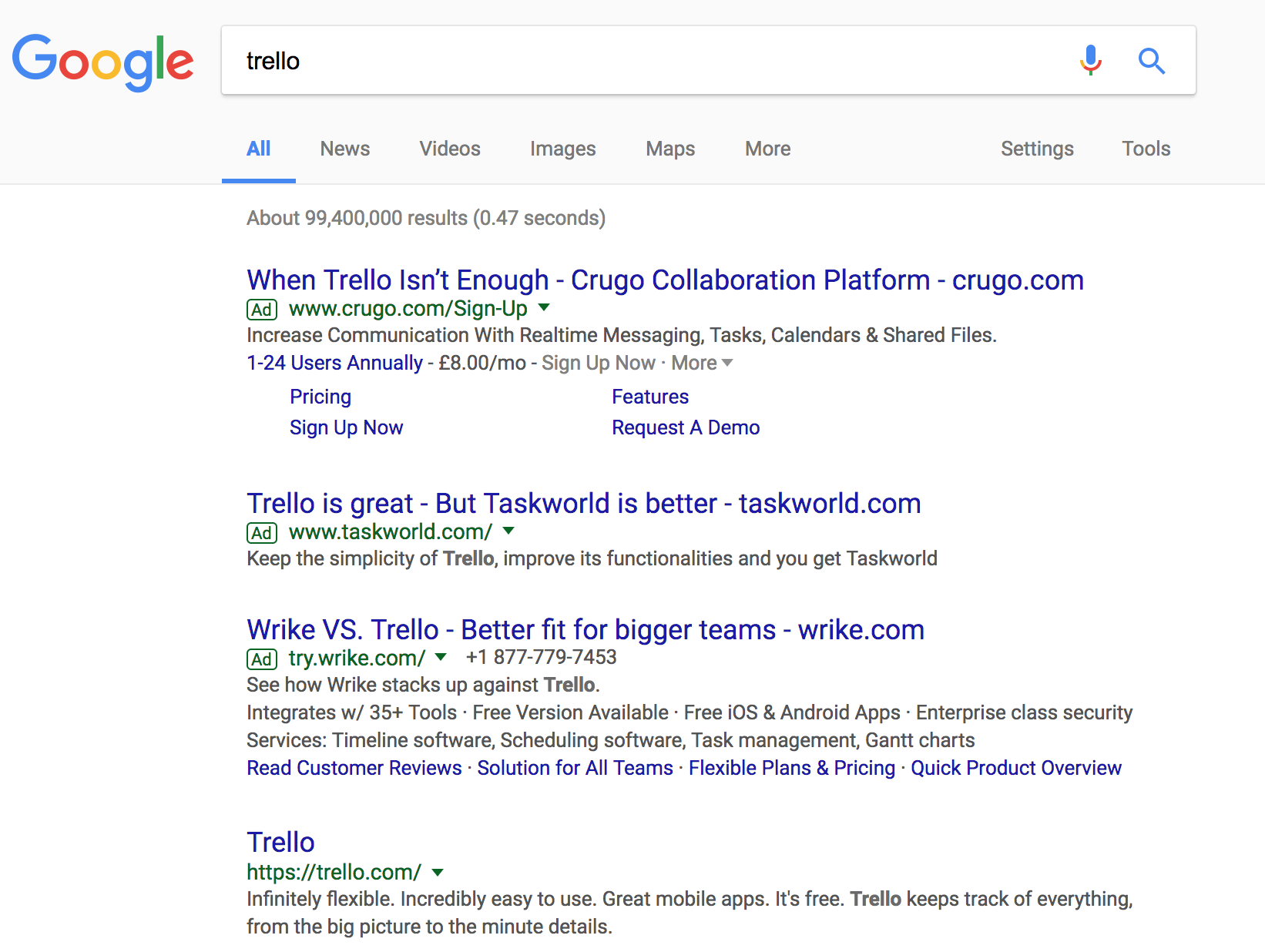
As you can see, three of Trello's direct competitors have paid to advertise on this search term. The ads encourage the potential Trello user to reconsider. "Are you sure you want Trello? Are you aware of the alternative we offer?"
If someone has already expressed an interest in one of your competitors, they can be a good target for your own marketing. After all, you already know that they’re interested in a product like yours. They may be unsatisfied with what they’ve found so far. Or maybe they’re still evaluating the market and deciding exactly what to buy - the perfect opportunity for you to swoop in and grab them.
The above example, where companies bid on their competitor's name in Google AdWords, is just one way you can attempt this. There are many more, for example:
- You could buy Facebook ads to target people who have "liked" your competitor.
- If your competitor has a YouTube channel, you could buy YouTube ads to play before your competitor's videos.
- You could use a service like BirdSong Analytics to figure out who is following your competitors on Twitter, then use this data to buy targeted Twitter ads.
Target the Best Potential Customers, and Avoid Irrelevant Ones
A certain percentage of people are simply never going to convert. They're not the right fit for your product. With modern behavioral targeting tools, it's becoming easier and easier to filter such people out and ensure you don't waste ads on them. By breaking down your audience into highly specific and focused segments, you can tailor your marketing precisely for each group.
For example, if you sell leather jackets, you’re probably not going to get big results if you advertise to vegans. Similarly, someone who just bought a brand-new laptop is unlikely to want another one straightaway - although they’d make a good target for cross-selling related products, such as a wireless mouse and keyboard.
You can also find new customers by targeting people who've bought products related to your own. Those vegans might not want a leather jacket, but they'll probably be interested in products which meet the highest animal welfare standards. Similarly, someone who spends a lot of money on healthy foods might also be interested in gym and fitness products. If you sell the latter, it could be wise marketing to target people who are buying the former.
Know Where Your Customers Are
These days it's easy to figure out where in the world your website's visitors are located. There are some obvious ways to use these data - for example, if you have different versions of your website for customers in different countries, you can use their location data to redirect them to the correct country-specific site. You could also use their location data to make sure they see prices in the appropriate local currency, including the right amount of tax.
But you can go further than that. Depending on what you sell, you may be able to spot geographical trends in your sales data. Are people from specific countries (or parts of the country) more likely to buy certain products?
For example, if you run an online clothing store, you're going to have an easier time selling coats and jackets to people in New York than people in Los Angeles. If you know where your users are located, you can personalize what they see on your site - for example in a "recommended products" section - and nudge them towards products that make sense for their location.
The company VWO used location data to their advantage when recruiting new team members. They're based in Delhi, so they added a small chicklet on their homepage which noted they were hiring, but only showed it to visitors from India:
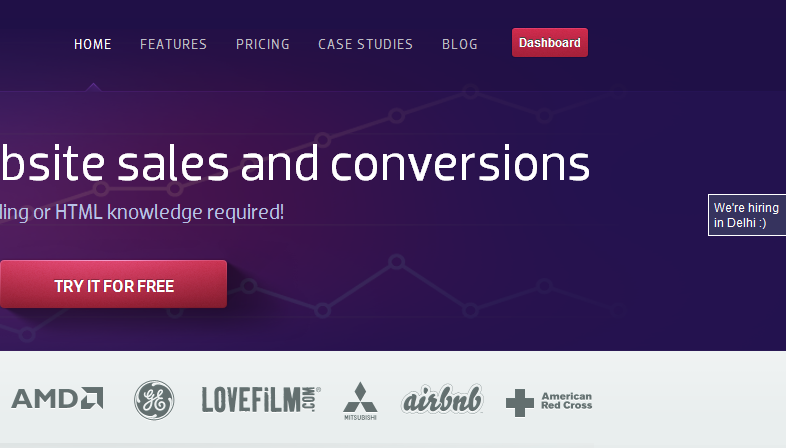
This unobtrusive notice improved click-throughs to their Careers page by 147%. In their own words: "[not only does this show] the attention grabbing power of a chicklet...but [this is] an example of effectively showing specific content to specific audiences."
It used to be the case that "if you attempt to appeal to everybody, you’ll appeal to no-one." With behavioral targeting, this isn’t as true as it used to be. By fine-tuning your marketing based on the observed behavior of specific customers, you can appeal to (almost) everybody - by making a different, personalized appeal to each individual customer.




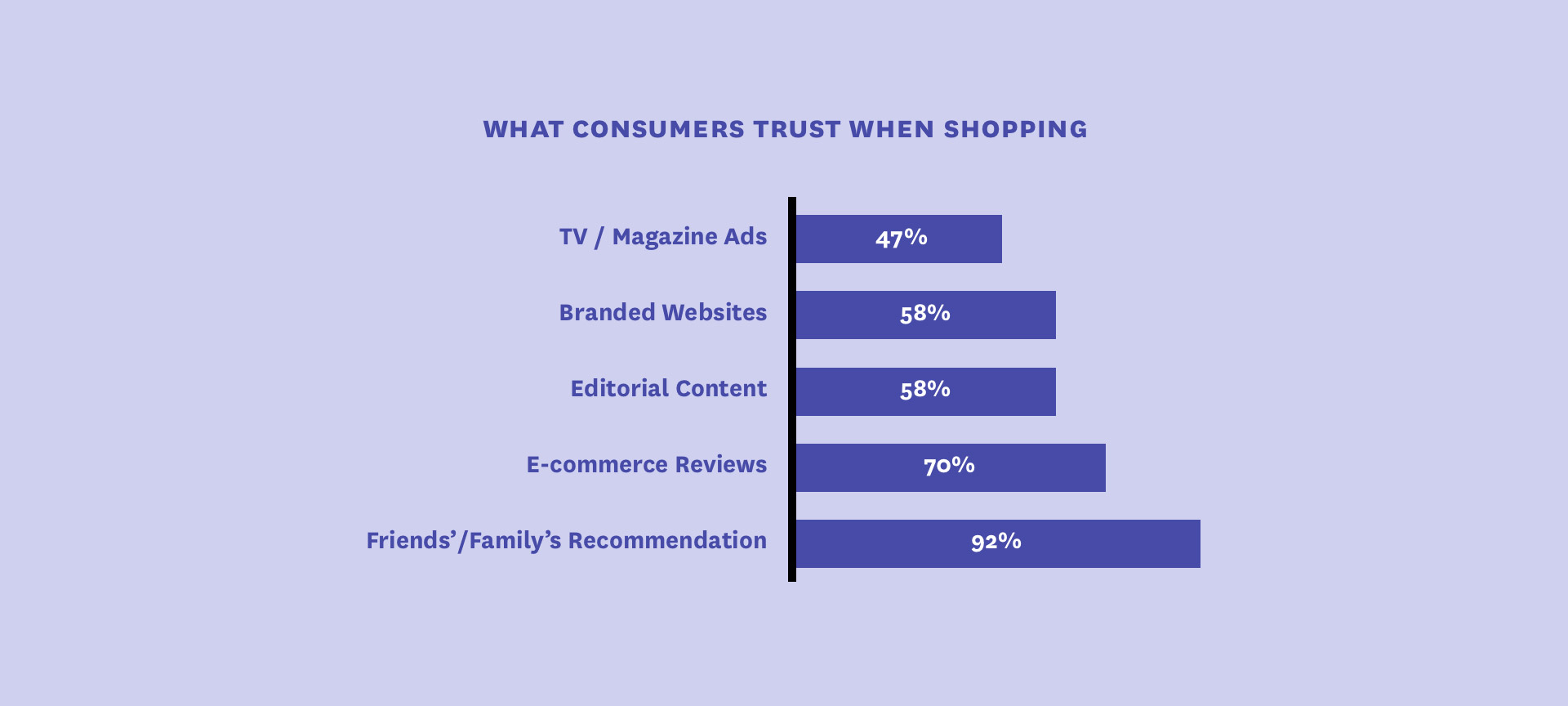
 1.svg)
 1.svg)
